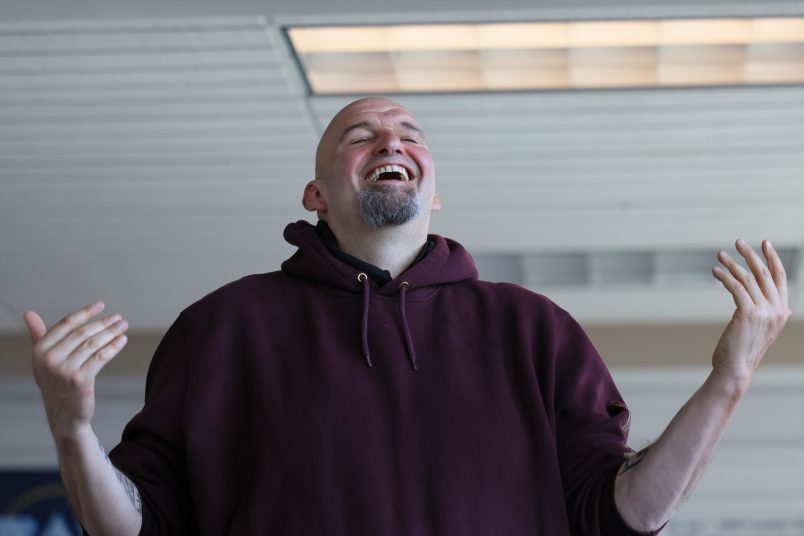“Fascination” isn’t one I like using about an apparent terror plot, especially not one that may have been planned for the city my family and I live in. But I keep feeling drawn to learn more about this apparent terror plot centered on Queens, New York and Denver, Colorado, because the more we hear of it the more it sounds like this may be the first really genuine terror plot to be publicly rolled up in the United States since September 11.
Let me first be clear by what I mean by ‘genuine’.
In most of the earlier terror cases over the last decade, the suspects were either total chumps who were lured into stings by aggressive government informants or they were genuine bad guys who really wanted to blow something up but, in most cases, lacked the know-how and connections. And it was in the process of casting about for someone who would help them learn to blow things up that they came up on the governments radar and were led into a phony ‘plot’ that got them arrested.
It’s always been paradoxically reassuring that these goofs, like the Liberty Six down in Miami or a few other plots in the New York area were apparently the best al Qaeda could do. And in those cases, the government was tracking these guys very, very closely — in fact, the government was in many respects running the plot. So they knew exactly when to blow the whistle because they knew everything that was happening.
The Post has another good piece on the latest on the investigation that came out this morning. The thing that more than anything set off alarm bells were a lot of indirect and direct evidence that looked a lot like the London bombings from 2005 and a series of copycat or similar attacks in recent years that were rolled up by security services before they came off.
From the Post …
The Zazi investigation has focused on a type of improvised liquid explosive involving hydrogen peroxide — HMTD — that was involved in several plots in Britain traced to operatives linked to al-Qaeda, including the London transit bombings on July 7, 2005, that killed 56 people; a failed copycat attack two weeks later; and a plot, foiled by authorities in August 2006, to blow up at least seven transatlantic airliners.
The transit bombings involved people with backpack bombs, and all plots had ringleaders or other key participants with legal residency in the United Kingdom and who had traveled to Pakistan.
“The explosives element, the training and the backpacks — all are part of the core al-Qaeda bomb-making curriculum as we’ve seen in two specific incidents in the United Kingdom, and if you take out the backpacks, the last three significant U.K. incidents,” said Bruce R. Hoffman, a counterterrorism analyst at Georgetown University.
The article notes a couple more interesting details — though I’m not sure just what they mean. While Najibullah Zazi, 24, remains in custody. His father, who was arrested with him, has been released on $50,000 bond and electronic monitoring. That certainly suggests that the father’s role in any plot must have been very marginal, at most, since I can’t see a court releasing anyone passably accused of terrorism on bail. The other guy arrested in New York, an Imam at a local mosque, is actually a longtime government informant, who the government apparently suspects of tipping off Zazi that the feds were on to him. Finally, the feds have also been sending out a lot of bulletins warning local governments and transportation agencies to be on heightened alert for explosive attacks on public transportation.
I have no great conclusions to share with you. But as I wrote after the news of the first arrests, having watched what emerges after so many of these ‘terror plots’ are disrupted, everything about this one sounds so different.
Late Update: This new piece from ABC has a somewhat more alarmist and aggressive tone to it, filled with a lot of ominous blind quotes.







